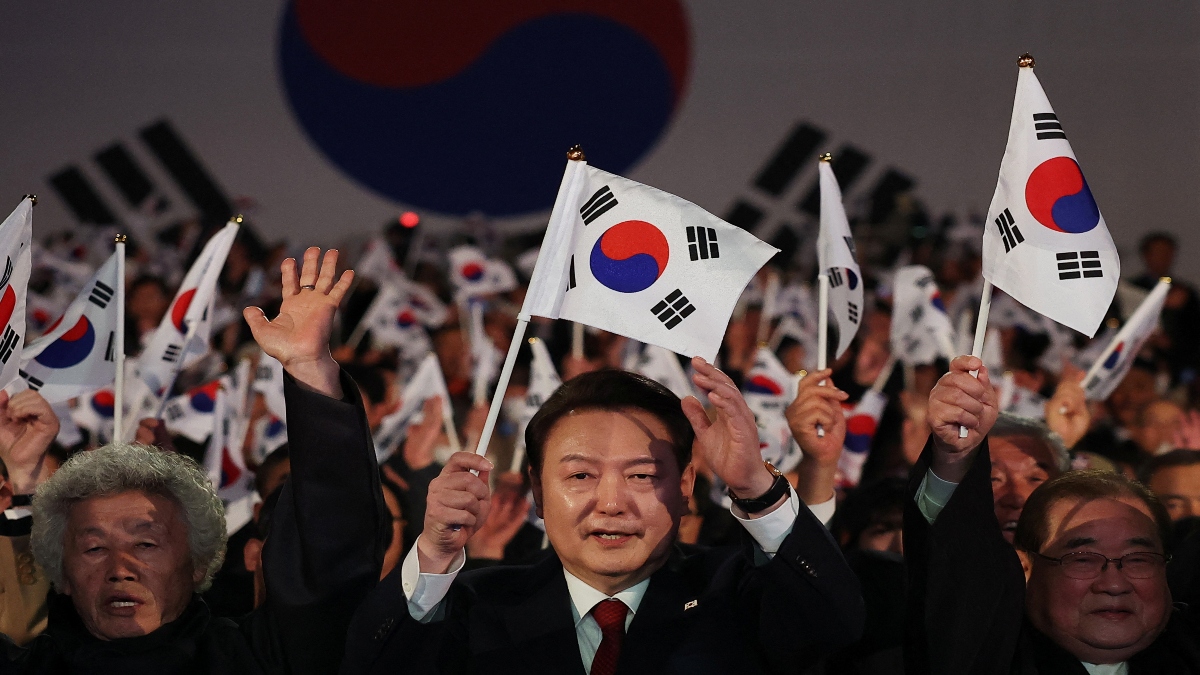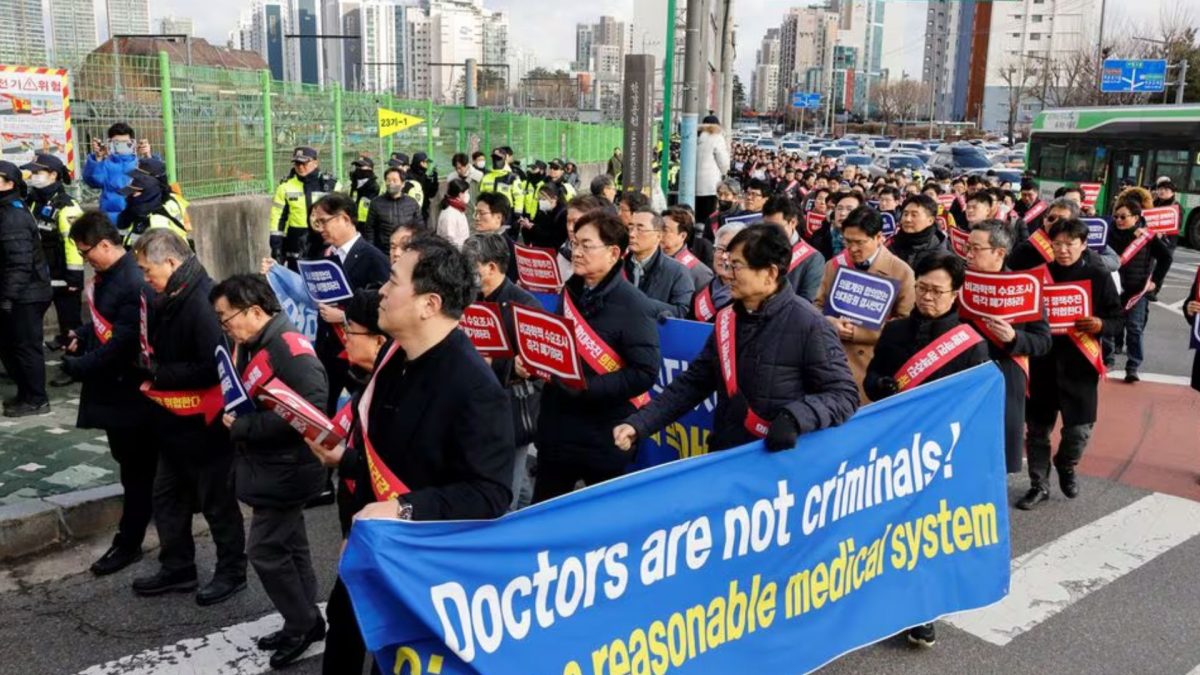My first week in Jeju was green and wet with the surprise showers that seem to follow me everywhere. The cool wind and rains did something to me: I was suddenly breathing deep and fresh, and had this crazy electric bounce that encouraged me to do stupid things — like walk seven hours in the rain to find this black sand beach, also a surf point, called Samyang. It was really only 3-4 hours away by foot, but the million photo-ops, rain and snack-stops, getting lost, having my phone die, and generally being bad with directions — all of this brought on a slight latency.
During this walk, I discovered Yongyeon — famous for its night views — but I loved it more in the day, in natural light, and it subsequently became my favourite solitary day-dreaming refuge. Straight out of a Wuxia mega-epic, the bridge invokes visions of dragons, nymphs and flying warriors. Unsurprisingly, I read somewhere that Yongyeon translates to “here the dragon may magnificently fly,” and some folklore suggests a dragon bathed here, where fresh and salt water meet.
Yongyeon is about 200 metres from the famous Yongduam or Dragon’s Head Rock, which legends claim is the fossil of the dragon serpent Yimugi. The walk had me convinced I was also ready for Mt Hallasan — the 2,000 metre-high volcano that occupies the core of this volcanic island. Eso, my songwriter friend from Jeju, gathered her coterie and planned a lovely Sunday Eso-tour that managed to prove otherwise: It started with a quick Gimbap snack in the car, and an hour-long drive to Darangshi Oreum in the north-east of Jeju, from my hostel in Dodu-do in the West.
‘Oreum’ stands for mid-sized hill, ‘Bong’ for baby hill, and ‘San’ for mountain. Darangshi, a crater oreum, is just about 380 metres above sea level, and steep towards the initial climb. One should be able to see Hallasan, the Sunrise Peak and Udo Island, but it was raining so hard we kept moving. After much huffing and puffing, I reached Wollang Peak, only to be greeted with mockery and laughter by my crew, also comprising Goodojo (who runs a music club in Jeju City Hall called Day and Night), and hip-hop artist Ko Soon Bom.
Darangshi Oreum was also my introduction to the 3 April Uprising of 1948 that led to the killing of over 30,000 Jeju residents by the government, and the wiping out of the village of Darangshi. The attack was heavy on both sides, but the government is said to have been especially brutal towards Jeju in its clampdown against suspected communist rebels. Until recently, even the memory of the event was reportedly suppressed by the government, and it was only in 2006 that it apologised for its role in the massacre. A cave filled with 11 bodies from the uprising was discovered in 1992 in Darangshi.
The beauty and serenity of Jeju belies the harshness of its history, as well as life on the island. For its obvious sub-tropical island weather in the summers, winters are windy and the island is covered in snow. Its people are warm, friendly, and are known for their resilience, which brings me to the warrior mermaids of Jeju — the Haenyeo. It had been my dream to catch these female divers in action but the weather was not conducive. Instead, we went to the Haenyeo museum.
The story of Haenyeo women is intriguing, and well-documented. Briefly, these free-divers (who dive down to to 7 metres deep) have been at it for centuries, and the semi-matriarchal society of Jeju is because of these women, who were the main bread-winners of the family. Many say there was a period when the women took over, perhaps because their men died at sea or in war, and some say women could bear the cold waters better than men. But stories by Haenyeo who jumped in the water hours after giving birth, or when they were sick or unable to, because they had no choice, and about little girls and old women carrying out this back-breaking, dangerous profession in dire times, get you teary-eyed.
Once heads of families, where many male members took care of domestic work, and even paid dowry in contrast to mainland Korea, in modern times, Haenyeo’s work is said to be looked down upon by people on the island. In the past few decades, new employment opportunities have led to dwindling numbers of Haenyeo youth. However, there is a Haenyeo school that begins training young, and even has a limited spot open for men, and hopes to rekindle global interest in this rare, extreme profession.
Stan the Surfer from my guesthouse — Surf n Joy —was driving to Woljeongri Beach one morning, and I hitched a ride with him. After a hearty breakfast of black pork tacos (black pork or Heuk Dwaeji is a specialty of Jeju) and coffee, I watched him disappear into the cold waves alongside some intrepid kite-surfers. After about an hour of lusting at the scenery, I started walking towards the Manjanggul caves, the 12th longest lava tube in the world, and a UNESCO World Heritage site. The road to Manjanggul is filled with these dreamy fluffy reeds all around. I was thrilled to be inside a lava tube, well-maintained, unspoiled, and it was a satiating, spooky adventure. Said to be over 200,000 years old, watching the stalactite and stalagmite formations in front of you takes you right back to school. “Aaah, so that’s what it really looks like,” was my thought the whole time.
As I write this, I’m sitting at a 7/11 right across Dodu Bong, with my favourite shopkeeper: this cute old man who often spaces out when customers arrive, because he is engrossed in his K-Drama, but everybody loves him, so no one minds. I will soon make my way up the baby hill, from where I can get the best views of the ocean, the airport, and this beautiful port town that opens up towards Aewol-eup, most famous for G-Dragon’s Cafe Monsant.
My friend Stephanie (I met her at Hongdae Playground in Seoul) arrived in my second week in Jeju, and my long, solitary, scenic walks were replaced with action-packed, youthful adventure. It was her desire to visit G-Dragon’s cafe, which is really just a stylish, sophisticated cafe overlooking the bluest waters, and it doesn’t scream G-Dragon when you enter. Despite scores of K-pop fans from around the world buzzing about, taking selfies at this iconic cafe, everything was reasonably priced, much to my relief. Stephanie and I made a pact to stay in the bus for exactly 28 minutes, and at the next stop, we would get off and explore wherever that was. And man, that was the best decision of the day.
We landed in Cactus Colony in Wollyeongri. Jeju is famous for its cactus products: face masks, chocolates, juice, tea! While walking towards the ocean through the village, we stumbled upon this mesmerising Sea Cave Cafe. I’m not sure what the story is, but it is built up three levels around a sea cave. We sat by the stone depression and quietly drank up our Cass beers with pretzels and enjoyed a quiet little sunset. But the best sunset was from Udo Island in the north-east. We took a bus and then a ferry to get to the island, and the last ferry leaves at about 5.30 pm back to the mainland.
Udo, which translates to “shape of a lying cow,” is famous not just for its sparkling clear waters and its magical lighthouse, but also its peanut Makgeolli and peanut ice cream. As soon as we arrived, Steph and I ordered ourselves a seafood ramyun with monster crabs, clams, abalones, shrimps and octopus. Eating up that king-sized meal was a celebration of our arrival. Then we rented bikes for 10,000 Won each and cycled around the island for the better part of the day — topping it off with peanut ice-cream and a hike up to the lighthouse.
Speckled with a gazillion lighthouses, secret caves, oreums and bongs, any way you look, Jeju is beautiful. And its people are beautiful. Hanging out with Eso and the hip-hop boys, going to City Hall for darts, beer, dance, and more beer, walking to Yongyeon Bridge, buying fresh kiwis from the truck-lady in Songaksan — every casual moment feels like it deserves documentation. But that would be a tedious read. Instead, relish this Jejuiciness and plan your next vacay this-a-way, until I report from Pyeongchang in Northeast South Korea, where the 2013 Winter Olympics were held, and the 2018 Olympics will be held. I have farm duties for 10 days in an eco-village. Stay tuned.
As promised, a few more words to keep that vocab flowing!
Chingu: friend Chukum: now Joh Ahyo: Good job Kumapsaheupnida: Thank you Chuseyo: Give Igo thau chuseyo? Could I have more of this? Kaja: Let’s go Mokja: Let’s eat
Also read part one of this travelogue — Mama Kitty in Seoul City)
)
)
)
)